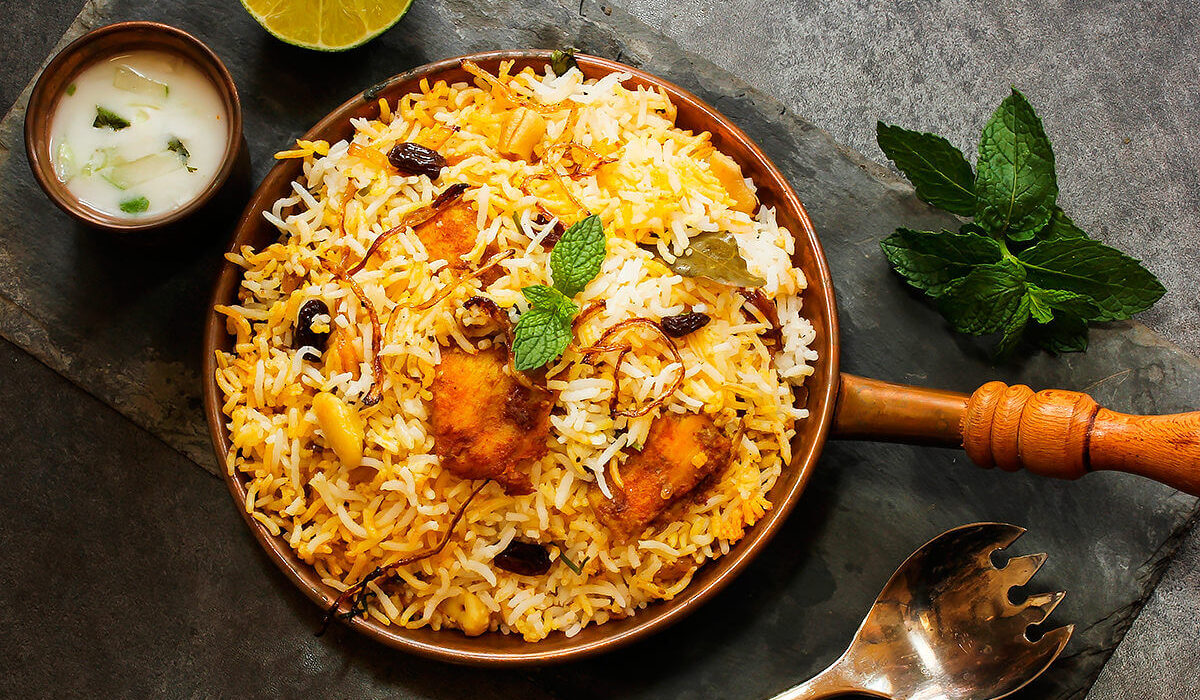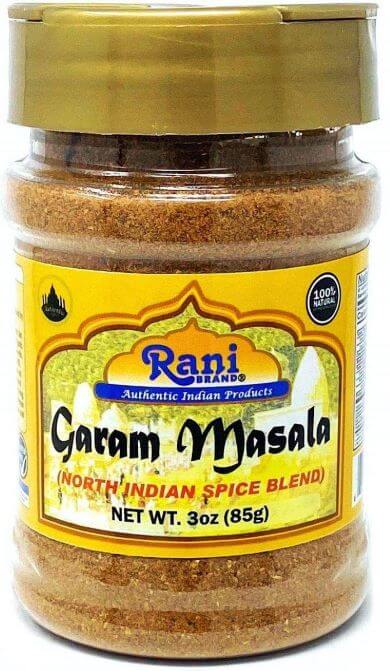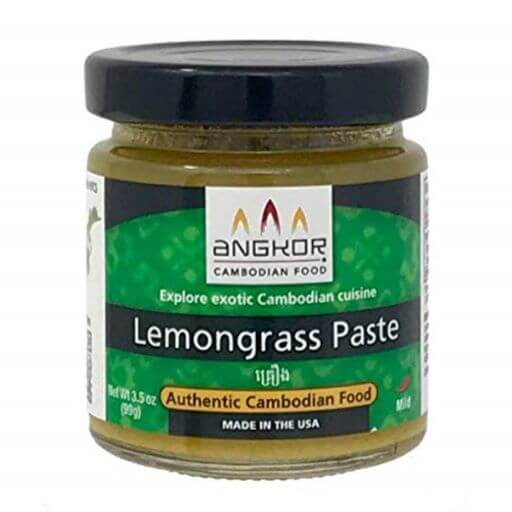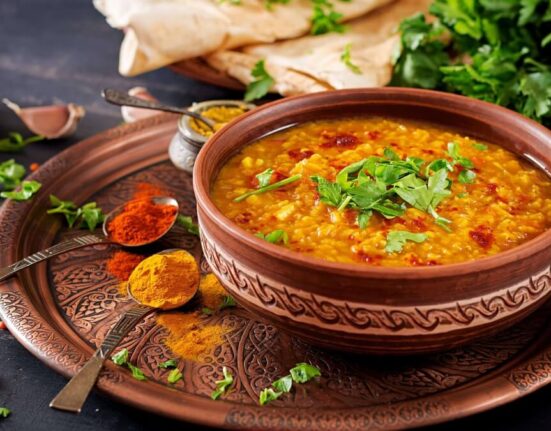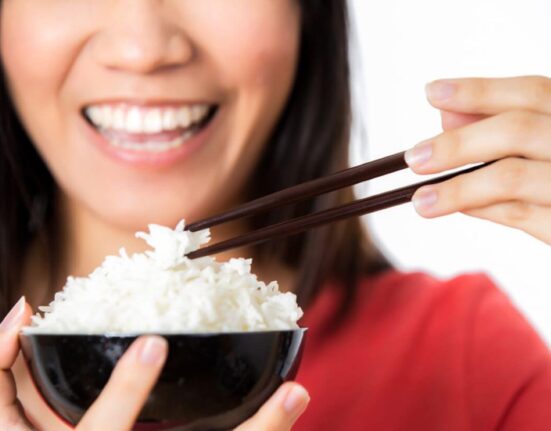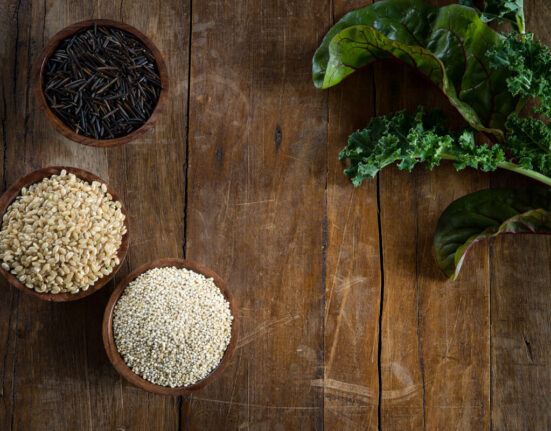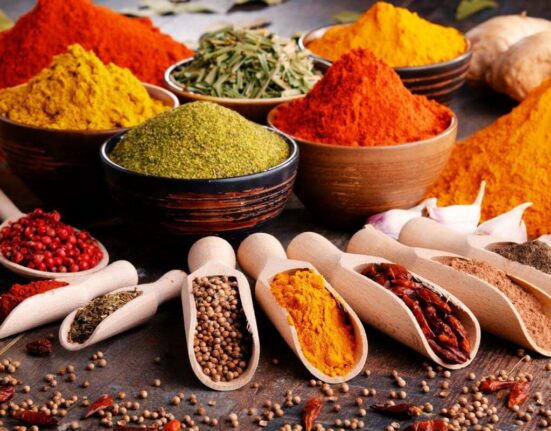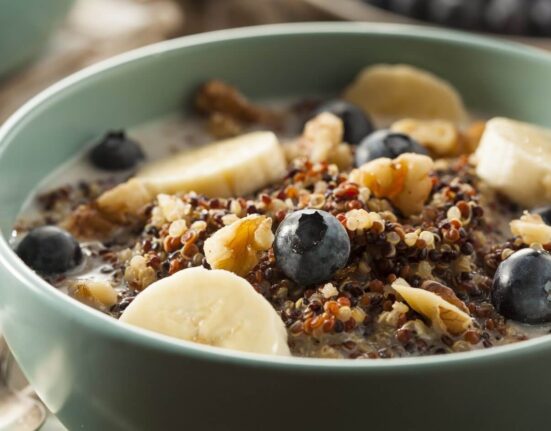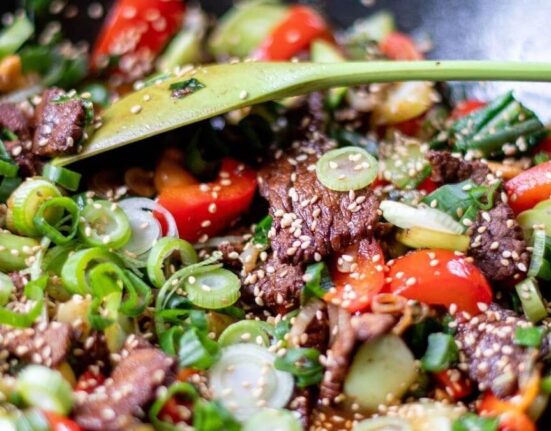When it comes to rice, there are few places in the world that can compare to the cuisines of India and Thailand. To the uninitiated, Indian and Thai rice might look pretty similar. After all, they’re both white, long-grain rice that can be used in a variety of dishes.
These two countries have different cultures, but both place a great deal of importance on this humble grain. Rice is a staple in the diets of both Indians and Thai people and is prepared in a variety of ways. However, there are some key differences between these two types of rice that set them apart. Here’s a closer look at the spices and cooking techniques that define the way rice is prepared in India and Thailand.
In this blog post, we’ll take a closer look at some of the key differences between Indian and Thai rice dishes and discover some great recipes to try.
Indian rice dishes
One of the biggest differences between Indian and Thai rice is the way they’re cooked. Indian rice dishes are typically very flavorful. This is achieved by using a variety of different spices, such as cumin, cardamom, cloves, and chili pepper. This gives the rice a distinctive flavor that pairs well with other strong flavors commonly found in Indian cuisine, such as curry.
This aromatic mixture of spices in the rice usually comes assembled with your choice of meat, or vegetarian options. Also, Indian rice is usually cooked in clarified butter or ghee, which further adds to the flavor. Indian rice is often fluffier and light, while Thai rice is typically more sticky and dense. This difference is due to the fact that Thai rice is often steamed, while Indian rice is boiled.
As a result, Indian rice is better suited for dishes where it will be mixed with other ingredients (such as curries or stir fries), while Thai rice is better suited for dishes where it will be eaten on its own or under a stir fry or stew (such as fried rice or plain steamed rice).
One of the most popular Indian rice dishes is basmati rice. This long-grain rice is often used in biryani, a dish that includes meat or vegetables cooked with rice and spices.
Chicken Biryani
Here is a 5-minute video from Spice Eats showing you how to make a simple chicken biryani for beginners:
Another popular dish is pulao, which is similar to biryani but typically contains fewer ingredients. These recipes are fantastic to make on your own or order out for your next takeout meal.
Vegetable Pulao
In this 4-minute video, Kanak’s Kitchen shows you how to make Vegetable Pulao:
If you need some delicious garam masala, this one comes highly recommended.
Thai rice
Authentic Thai cuisine rice dishes are not as heavily spiced as their Indian counterparts. Instead, they tend to be more savory with a subtly sweet taste. Thai cuisine is a balance of sweet, sour, salty, and spicy. Thai rice is cooked often with ginger, lemongrass, basil, bell pepper, broccoli, garlic, and scallions and often with your choice of meat or vegetarian protein, which is used more sparingly as an additional flavor rather than the main component of the rice dish.
Keep some lemongrass paste on hand to make your dishes pop with flavor and give them a Thai twist.
This one is delicious:
Cambodian Lemongrass Paste – Sofi Award Winner
Another difference between these two cuisines is the way that rice is cooked. In Thailand, rice is usually steamed, while in India it is often boiled, giving them their own unique texture.
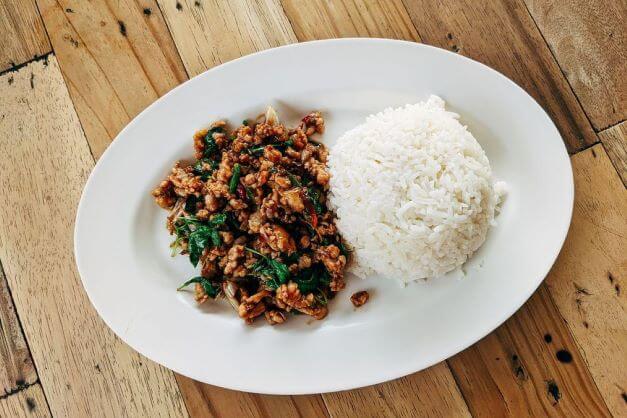
Thai rice dishes typically use jasmine rice, while Indian rice dishes usually use basmati rice. Jasmine rice is a long grain rice that is light and fluffy, while basmati rice is a long grain rice that is slightly more dense and has a nutty flavor. Any Thai dish works really well with takeout, as it keeps well during transport and is still delicious if not piping hot.
Time-saving considerations for making Indian or Thai rice dishes at home: If you are in a hurry and want to flavor your rice with an Indian flare, season it with garam masala. This will make your rice taste instantly like it came from an Indian restaurant.
If you don’t have time to chop up all of the ingredients for authentic Thai cuisine, keep some lemongrass paste on hand to add to rice that you have already seasoned with sauteed ginger and garlic. Now you have Thai-inspired rice!
Concluding Thoughts
As you can see, there are some key differences between Indian and Thai rice dishes. If you’re looking for something flavor-packed with different spices for your next takeout meal, then an Indian dish is probably more up your alley. If you’re looking for something with a more zesty flavor from herbs, then a Thai rice dish is your go-to. No matter what you’re in the mood for, there’s sure to be an amazing dish out there that will be more than satisfying.
The links used on thewellthieone.com are affiliate links, which may provide a small commission. This does not increase the price of the goods for the consumer whatsoever. What it does is ensure that useful content like this can continue to be produced. Thank-you for enjoying our content and allowing us to continue to provide more.

